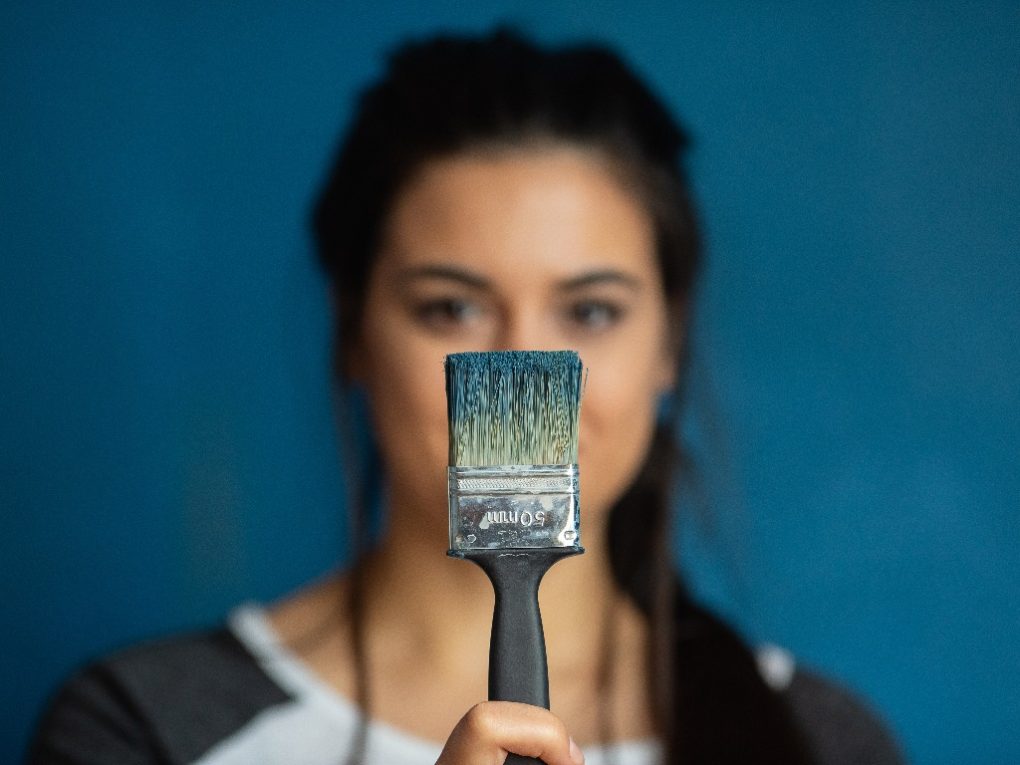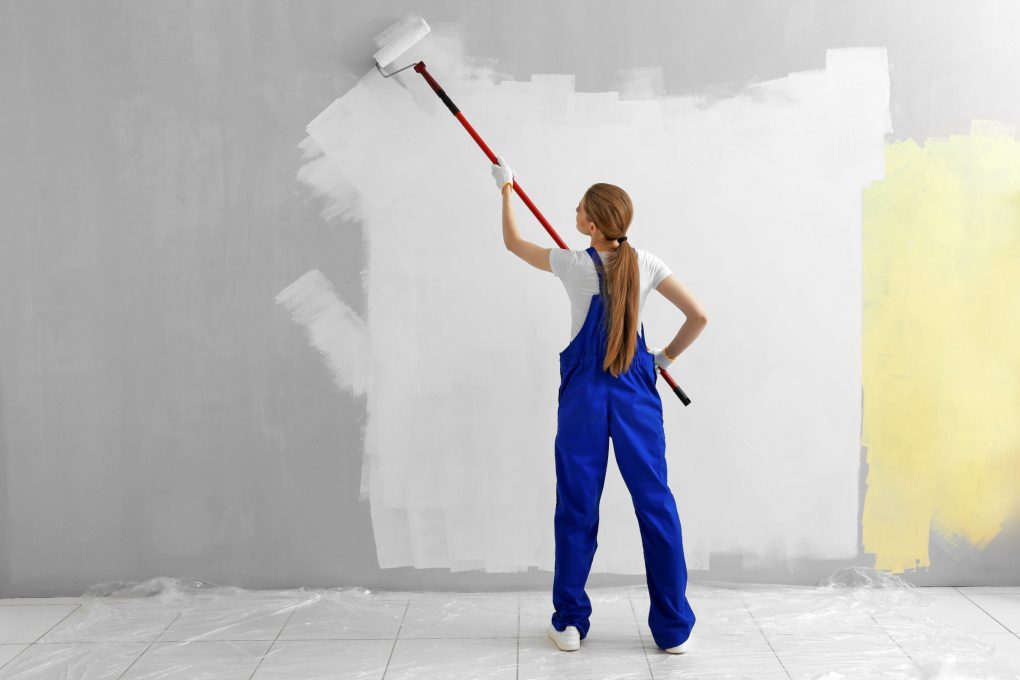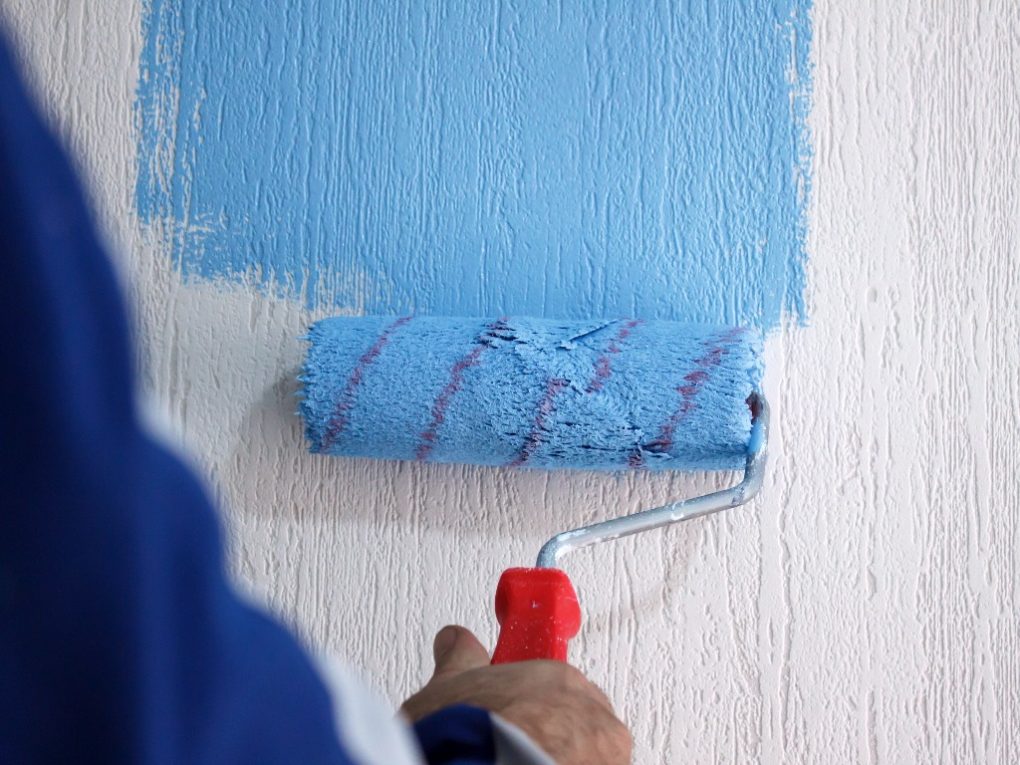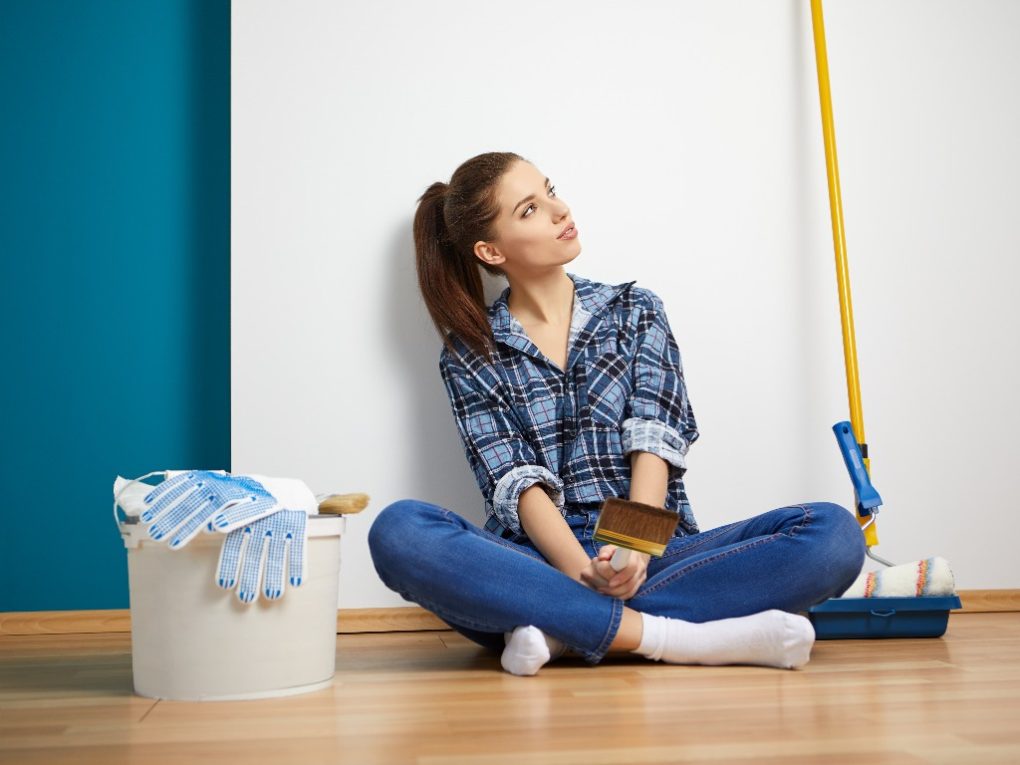Best Interior Wall Paints: How to Choose the Best Paint for Interior Projects
There is no best or one-size-fits-all paint for all interior painting needs. To choose the best paint for you, consider factors such as durability, ease of application, and drying time, among others.


When it comes to painting the interior walls of a home, choosing the right paint can make all the difference. High-quality paint can improve the look and feel of a room, while low-quality paint may result in a lackluster finish that chips and fades easily. With so many options on the market, it can be challenging to know where to start.
Factors to Consider When Choosing Interior Wall Paint
Coverage
The coverage of painting refers to the area that can be covered with one gallon of paint. Choosing a paint that provides good coverage is essential, especially in a large room. A paint with poor coverage will require more coats, which can be time-consuming and expensive. Look for paint with good coverage and a high spread rate.
Coverage is important when choosing interior wall paint because it determines how effectively it will hide the underlying color or imperfections on the painted surface.


A well-painted wall with uniform coverage creates a visually appealing finish. When the paint has good coverage, it provides a consistent and even color across the surface, giving the walls a professional and polished appearance. On the other hand, poor coverage may result in uneven color or streaks, making the walls look blotchy, patchy, and unattractive.
Paint with good coverage can save time and effort during the painting process. With fewer coats required to achieve the desired color and finish, the painting job can be completed more quickly and with less effort. On the contrary, paint with poor coverage may require additional coats, prolonging the painting process and increasing labor and material costs.
Choosing paint with good coverage can be cost-effective in the long run. Although paints with better coverage may be slightly more expensive up front, they can save money by requiring fewer coats and less paint to achieve the desired result. Paint with poor coverage, on the other hand, may lead to increased paint consumption and higher costs due to the need for multiple coats.
Paint with good coverage can conceal minor surface imperfections, such as stains, marks, or blemishes on the walls. It can also hide previous paint colors or patterns, ensuring a clean and uniform look. Paint with poor coverage may not effectively cover these imperfections, leading to an uneven and unprofessional finish.
Good coverage also provides more versatility regarding color choices and surface options. It allows for easier color changes, as it can effectively cover darker or lighter colors and be used on a wider range of surfaces, including previously painted walls, drywall, plaster, and more.
Durability
A durable paint will withstand wear and tear, resist chipping, peeling, and fading, and maintain its color and finish over time. Look for paints labeled as “scrubbable” or “washable” as they are more damage-resistant.
Durability is critical when choosing interior wall paint as it determines how well it will withstand everyday wear and tear, resist damage, and maintain its appearance over time.
Choosing durable paint can contribute to the longevity of your paint job. High-quality, durable paints are formulated to withstand the rigors of daily life, including cleaning, scrubbing, and exposure to various environmental factors. In addition, they are less likely to fade, peel, or chip and can maintain their appearance for a longer period, reducing the need for frequent repainting.
Durable paint can save money by reducing the frequency of repainting, touch-ups, or repairs. It also minimizes the need for additional maintenance and extends the lifespan of your paint job, ultimately saving you money on labor and materials over time.
Also, durable paints are typically easier to clean and maintain. They can withstand regular cleaning with mild detergents, making removing dirt, grime, stains, and marks from the walls easier without damaging the paint finish. This is especially important in high-traffic areas or rooms prone to spills, such as kitchens, bathrooms, and children’s rooms, where walls are more likely to get dirty or stained.
Durability is essential in areas where walls are more susceptible to damage, such as hallways, entryways, or rooms with heavy furniture or fixtures. Durable paints are formulated to resist scratches, scuffs, dents, and other forms of damage, providing a protective barrier for the walls.
Durable paints are also more resistant to moisture, mold, mildew, and fading from UV exposure, ensuring that the paint maintains its integrity even in challenging environments. In addition, they can maintain their original appearance for a longer period, ensuring that your walls look freshly painted for years.
They are less likely to show signs of wear, such as fading, discoloration, or peeling, and can retain their color and finish with minimal fading or yellowing. This helps maintain your walls’ aesthetic appeal, contributing to a well-maintained and attractive interior space.
Durable paints are typically formulated to adhere well to various surfaces, including previously painted walls, drywall, plaster, wood, and more. This versatility allows you to use the same durable paint throughout your home, providing consistent durability and performance across different surfaces and rooms. It also allows for easier touch-ups or repainting in the future without extensive preparation or priming.
Ease of Application
A paint that is easy to apply will save you time and effort. Look for smooth, consistent paint that can be easily applied with a brush or roller. Also, consider the drying time of the paint, as it can affect the ease of application.
The ease of application is important when choosing interior wall paint, as it can significantly impact your painting project’s overall experience and results. Paints that are easy to apply can save time during the painting process. They typically have good flow and leveling properties, spreading smoothly and evenly on the surface with minimal brush or roller marks.


This allows for faster coverage and reduces the need for multiple coats, speeding up the painting process and allowing you to complete the project more efficiently. For example, if you’re planning to do the painting yourself, choosing a paint that is easy to apply can make the task more manageable, even for novice painters.
Paints with good workabilities, such as those with low spatter or quick drying times, can make the painting process less messy and more enjoyable. They can also be forgiving in brush or roller technique, allowing for smoother application and a more professional-looking finish, even for DIYers.
Ease of application often results in a smoother finish. Paints easily spread and level well on the surface can create a more even and seamless finish without streaks, lap marks, or other imperfections. This can contribute to a more professional-looking paint job, enhancing the overall aesthetic appeal of your interior walls.
Applying paint can be physically demanding, and paints that are easy to apply can help reduce strain on your body. However, paints with good coverage can also require less effort to apply, as they can cover the surface evenly with fewer passes, reducing fatigue and strain on your arms and shoulders.
Drying Time
The drying time of paint is the time it takes for the paint to dry completely. Choosing a paint that dries quickly is important, especially if you are painting a frequently used room. Look for paint that dries to the touch within an hour and can be recoated within four hours.
Drying time is an important factor to consider when choosing interior wall paint, as it can significantly impact the timeline and convenience of your painting project. Drying time determines how long it takes for the paint to dry and cure, which can affect the overall timeline of your painting project.
If you are like me, who likes to complete the painting quickly, choosing paint with a shorter drying time can be beneficial. Quick-drying paints allow you to apply multiple coats or move on to other tasks, such as trimming or cleanup, sooner, helping you complete the project faster.


Paints with shorter drying times can be more convenient, especially if you need to paint in a high-traffic area or a frequently used room. Fast-drying paints can minimize the inconvenience of waiting for the paint to dry before you can resume using the space. They can also be more convenient if you have limited time for painting or want to finish the project in a single day.
Paints that dry quickly can reduce the risk of smudging or smearing during painting. When the paint dries too slowly, it can be more susceptible to accidental smudges or smears from brushes, rollers, or accidental contact. Quick-drying paints can minimize these risks, allowing you to paint more confidently and achieve a cleaner, more professional-looking finish.
If you paint during a season with high humidity or low temperatures, drying time becomes even more crucial. In such conditions, paints with longer drying times may take longer to dry and cure properly, potentially leading to issues like slow drying, poor adhesion, or uneven finish. Choosing a paint with faster drying time can help mitigate these risks and ensure that the paint dries and cures properly, even in challenging weather conditions.
